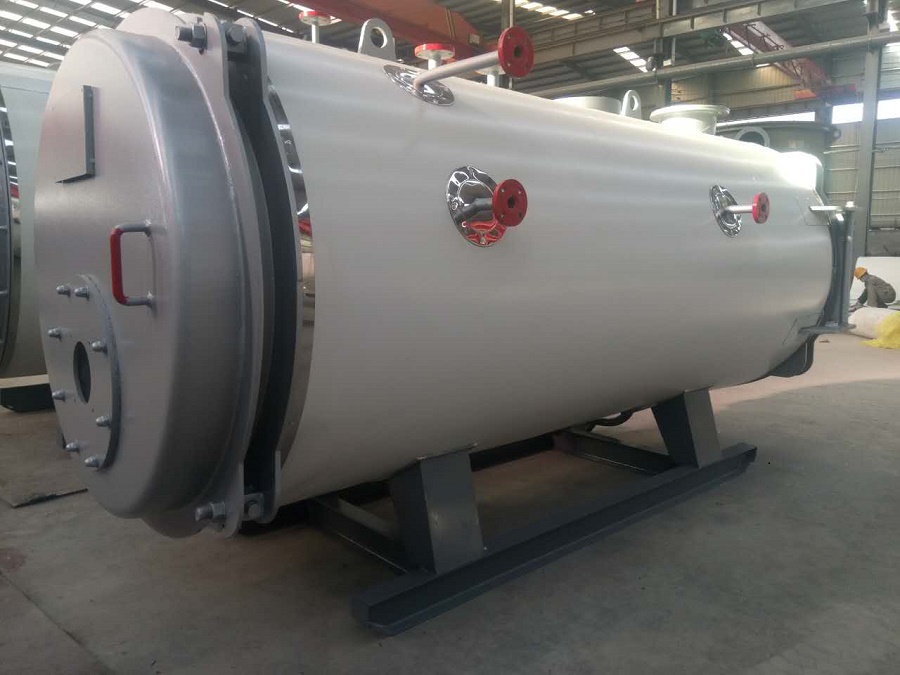Lord Fin Tube--How to classification of boilers?
How to classification of boilers?
An industrial boiler is a specialized apparatus employed across diverse industries to produce steam or hot water for purposes like process heating, power generation, and various industrial processes. Typically larger and more intricately designed than residential or commercial counterparts, industrial boilers vary in classification based on distinct criteria.
1. Fuel Type Classification:
Boilers can be categorized based on the type of fuel they use for combustion. Common fuel types include:
- Gas-fired boilers
- Oil-fired boilers
- Coal-fired boilers
- Biomass-fired boilers
2. Construction-Based Classification:
Boilers can be classified based on their structural design and construction. The two primary types are:
- Fire-tube boilers: These have tubes through which hot gases from the furnace pass, heating the water surrounding the tubes.
- Water-tube boilers: Water circulates within the tubes, while hot gases from the furnace surround the tubes, heating the water.
3. Pressure-Driven Classification:
Boilers can be classified based on the pressure at which they operate. This classification includes:
- Low-pressure boilers
- Medium-pressure boilers
- High-pressure boilers
4. Usage-Centric Classification:
Boilers can be categorized based on their intended application and usage scenarios:
- Industrial boilers: Used in manufacturing processes and heavy industries.
- Commercial boilers: Found in businesses like hotels, hospitals, and schools for heating and hot water supply.
- Residential boilers: Designed for home heating and hot water needs.
5. Function-Based Classification:
Boilers can be grouped based on their primary function and the type of heat transfer medium they utilize:
- Steam boilers: Generate steam for various industrial processes, heating, and power generation.
- Hot water boilers: Produce hot water for space heating, domestic use, and industrial applications.
- Thermal oil heaters: Utilize a liquid-phase heat transfer medium to provide controlled heating for industrial processes.
6. Combination Boilers:
Some boilers can fulfill multiple functions, such as providing both space heating and hot water supply. These are known as combination or combi boilers.
7. Condensing vs. Non-condensing:
Boilers can also be classified based on their efficiency and technology. Condensing boilers capture and utilize heat from the flue gases, resulting in higher efficiency compared to non-condensing boilers.
8. Mobile and Stationary Boilers:
Boilers can be further classified as mobile (portable) or stationary, depending on whether they are designed to be moved or remain in a fixed location.
Boilers can be classified based on several criteria, including their configuration, pressure, and usage. According to configuration, boilers are categorized into fire-tube and water-tube types. Fire-tube boilers have hot gases passing through tubes immersed in water, while water-tube boilers have water running through tubes heated externally by combustion gases. Based on pressure, they can be low-pressure or high-pressure boilers. Regarding usage, boilers are classified as stationary, used in industrial and power plants, or portable, used in various applications like locomotives and marine vessels. Additionally, boilers can be further divided by their fuel source, such as coal, gas, oil, or electricity.


